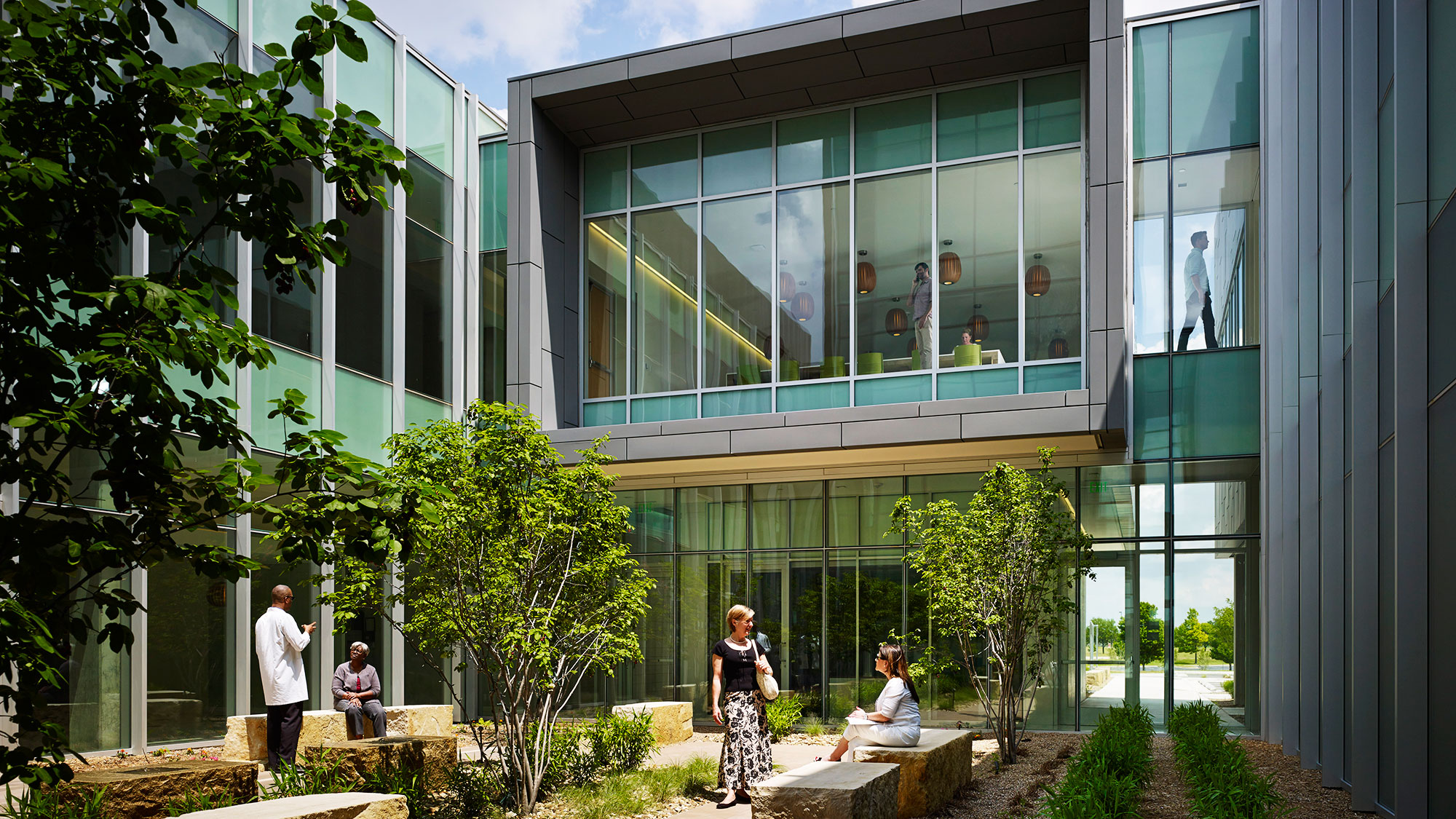Healthcare’s Future: Medicine With You in Mind
A revolution in healthcare is under way that is focused on serving each person’s unique needs and situation. The implications are wide-ranging.
Healthcare makes a 17 percent contribution to the US economy, up from 1 percent a century ago. Sheer size along with cost pressures and competition make the sector ripe for disruption. It’s already happening: healthcare is being turned inside out. This reflects our growing ability to leverage digital connectivity to gather and consolidate health data, analyze it on a macro and micro level, and then use it to transform treatment. Along with this, healthcare’s settings are changing fast. They are being called on to support new delivery models that put people first, whether they’re patients or consumers.
Gensler is involved with both. Here’s a report from the experts in its Health & Wellness, Life Sciences, and Mission Critical practices on what they’re seeing as they engage with and contribute to this unfolding revolution.
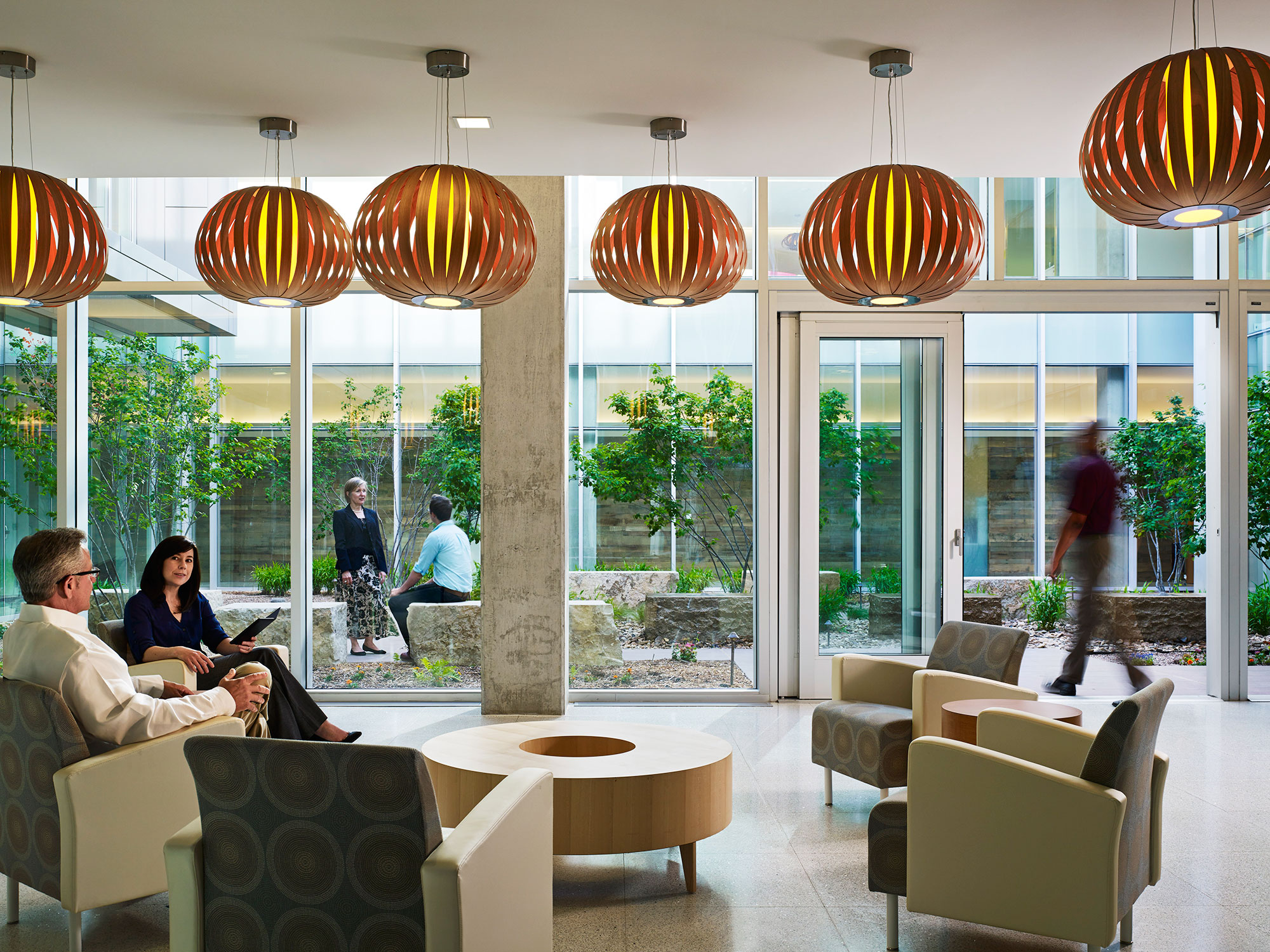
In the name of wellness
The US Affordable Care Act (ACA) mandated a switch to electronic health records, spurring health institutions to implement or deepen their use of computerized systems. With pre-existing conditions no longer an obstacle to healthcare insurance, the ACA makes medical privacy less of an issue, encouraging people to share health information in the name of wellness. The ACA’s incentives also support the push for more effective, less costly treatment—at a time when supercomputers and Big Data are helping to deliver it.
Electronic records improve the quality of care by removing the potential for lost or misplaced informa-tion, streamlining access to it by physicians and patients, and coordinating care by teams of providers in different locations. In the future, “your digital medical records will be like your bank account,” says Gensler’s Jackson Metcalf. “Insurance carriers and healthcare providers will give people a convenient way to share that data, like an ATM card or a digital wallet.” They will likely charge others outside their network a fee for doing so, he adds, as a way to pay for the data centers where they store and process the data.
The convenience of sharing data is a competitive advantage for carriers and providers, but its importance is much broader. Leading medical centers like Cleveland Clinic use high-performance computers for medical research aimed at developing targeted gene-therapy treatments, and even predicting new diseases. “The goal is to aggregate and analyze the DNA profiles of tens of thousands of patients to find patterns that improve treatment outcomes,” Gensler’s Paul Wilhelms says. “If a set of genetic factors correlates with favorable outcomes, they can use these factors to design a tailored therapy for patients who fit that profile, reducing the time and risk associated with treatment.”
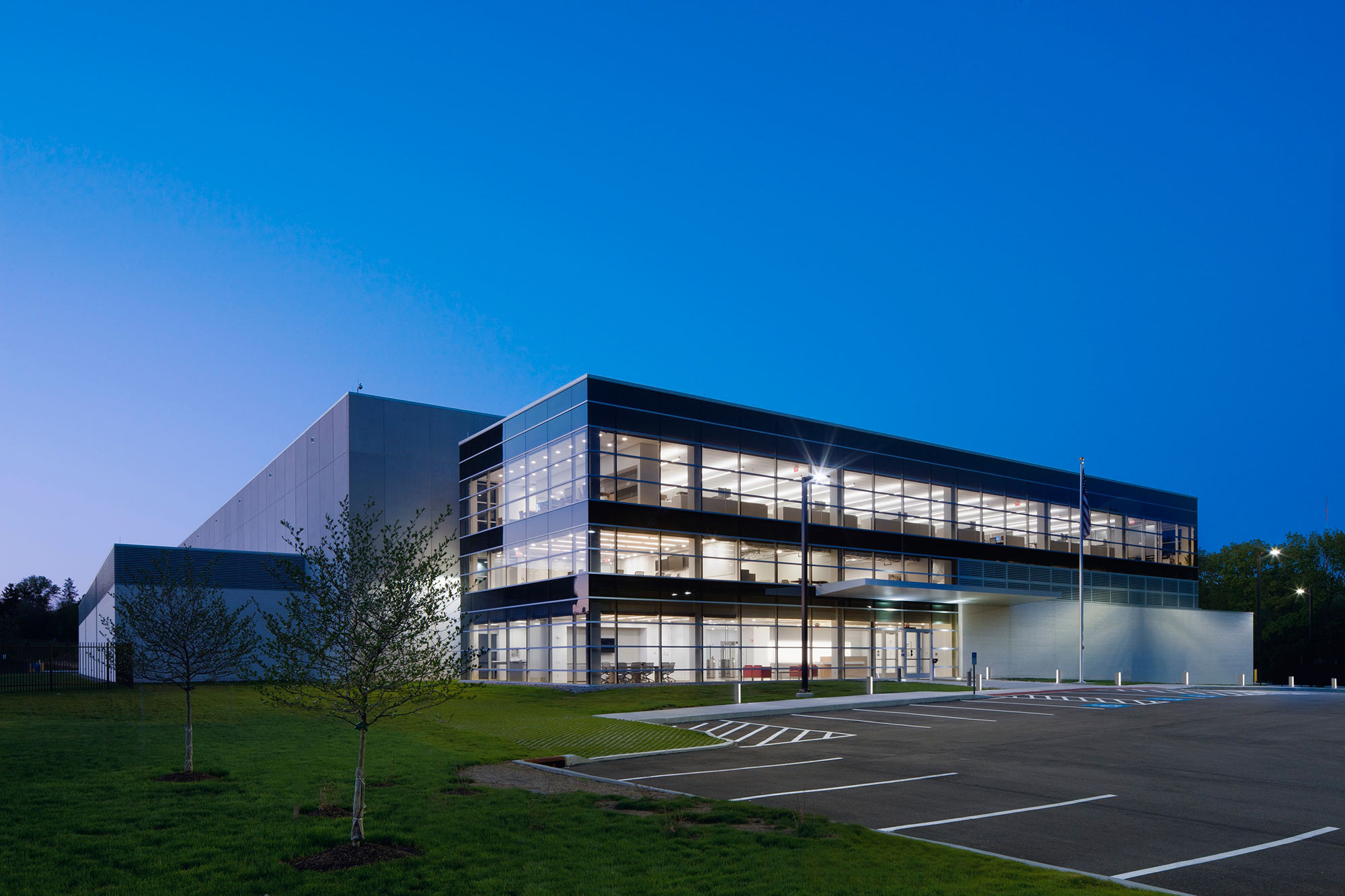
Toward a faster diagnosis
The Cleveland Clinic was the first medical center to apply Watson, IBM’s Jeopardy-winning supercomputer, to medicine. “By compiling huge amounts of patient data, it reveals similarities that would normally escape notice,” Metcalf says. “It dramatically speeds up diagnosis.” Watson complements Cleveland Clinic’s Gensler-designed data center, he notes. “Medical researchers have highly specific, often unforeseen requirements for sensitive, power-intensive equipment. It’s much easier for Cleveland Clinic to recruit researchers when they know their needs will be met. Its high-performance computing center ensures that.”
“The ability to grind through data is a big part of personalized medicine,” says Gensler’s Sarah Bader. The beneficiaries include patients with rare diseases who once had difficulty getting effective treatment—they are now candidates for the new “calculated” therapies. Likewise, Gensler’s Jim Simon adds, physician-to-physician knowledge has grown in sophistication. “Physicians now have real-time access to a global net-work of colleagues. They can learn about an epidemic from on-the-ground sources and then tap them to identify promising treatments and containment measures.” To keep the whole network informed, computers can track informal as well as official communications.
Computers are also transforming standard testing work flows. Quest Diagnostics’ new laboratory in Marlborough, near Boston, integrates a clinical diag-nostic lab with an automated sample flow system. “It’s the heart of a 200,000-square-foot facility that optimizes how specimens are processed,” Gensler’s Chris Haynes explains. “Overall turnaround is faster, and the results can be delivered on a cloud-based platform, even to smartphones.” A 2-foot-high raised floor simplifies the way the IT network and lab utility infra-structure are deployed, allowing greater flexibility to accommodate changes in work flow or equipment. “It marries data management with the wet lab in an environment that facilitates this with mission critical–style robustness,” Haynes notes. This points to a trend, Wilhelms adds: “Healthcare is increasingly augmented by computers and analytical machines. For patients, this means very tailored, low-impact therapies in the future.”
The Cleveland Clinic Data Center also supports a 24-hour, on-call nurse advice program. As Metcalf describes it, “Calls go through the data center and are routed to the appropriate nurse. Because nurses give medical advice, everything is recorded and stored.” Digitization also enables fortuitous, ad hoc responses, says Simon, citing the example of a physician on an overseas flight: “He used his iPhone to access the online health records of a very sick fellow passenger, diagnose the problem, and save the passenger’s life.”
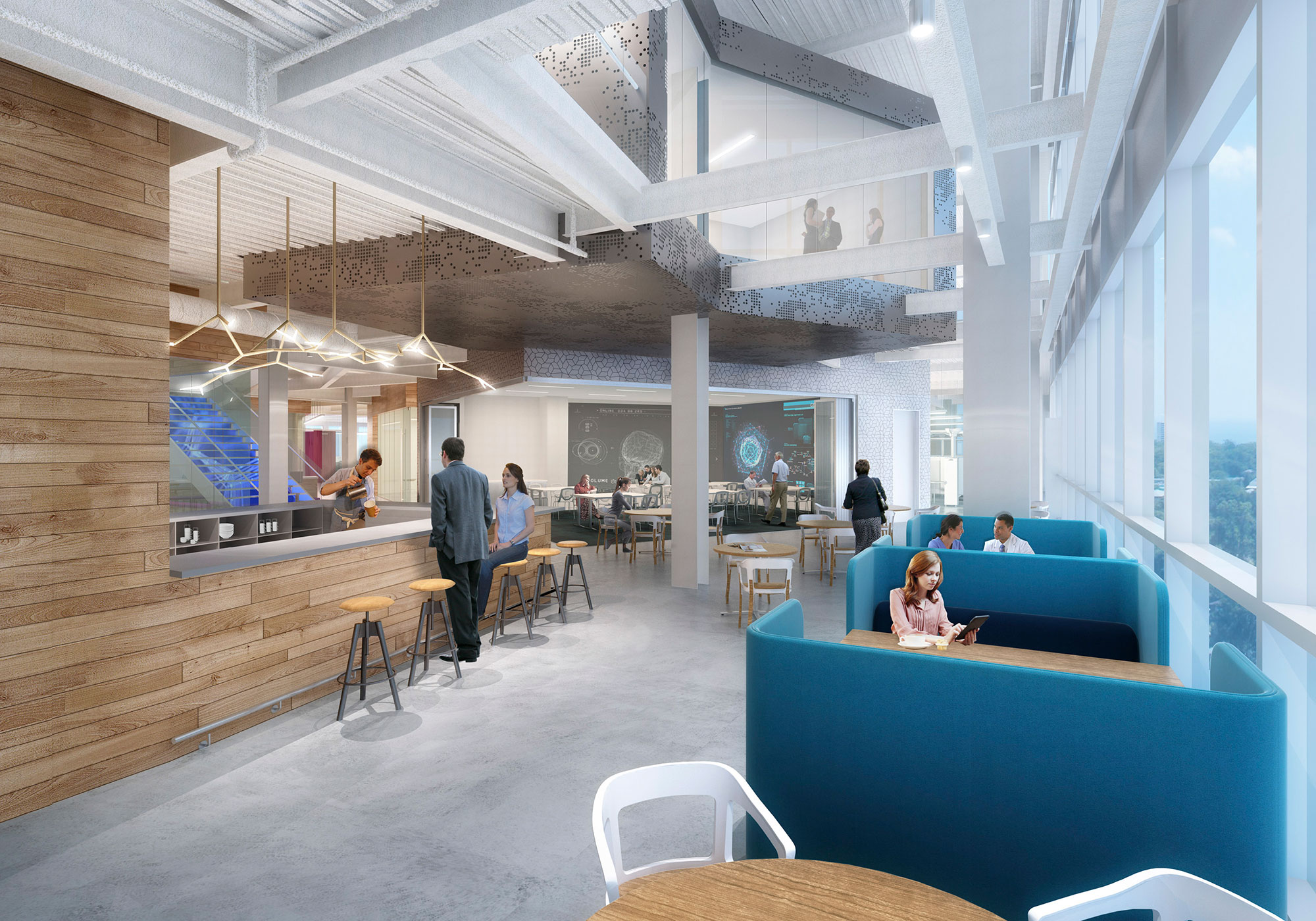
Personalized: healthcare’s next frontier
At the same time that large healthcare institutions are using data to better manage client health, “wearable” devices are growing more popular. They could soon deliver a constant stream of personal, health-related data. Devices to monitor diabetes and Parkinson’s in real time point to a new generation of personal products that support healthcare management. “Wearables and smartphones are affordable and widely used,” Bader observes. “The availability of data-driven healthcare, with a network of providers, will change the landscape.” MyQuest, a Quest Diagnostics app, gives patients 24/7 access to lab results, says Gensler’s Barbara Bouza. Walgreens is another front-runner, combining in-person and digital engagement to stay connected with its customers. One-third of Americans live within 3 miles of a Walgreens. “At the store, people can talk with a nurse practitioner as well as a pharmacist, and take care of everyday health needs, like shots and health screenings,” Bader says. “From their phones, people can get everything from reminders to take their medicine to access to a physician through WebMD.” The new Walgreens Community Pharmacy will extend healthcare to consumers. Convenience is a big factor—its proximity to customers compares favorably to public access hospitals offering critical care, which target patients within a 35-mile radius.
Healthcare insurance carriers like Horizon Blue Cross Blue Shield are also embracing a retail model to help their customers understand their coverage (or sign up for it) and educate themselves on wellness. “People know they have to take charge of their health, but they’re not always sure what to do,” Bader says. “By locating where its customers shop, Horizon Blue Cross Blue Shield can start that dialogue.”
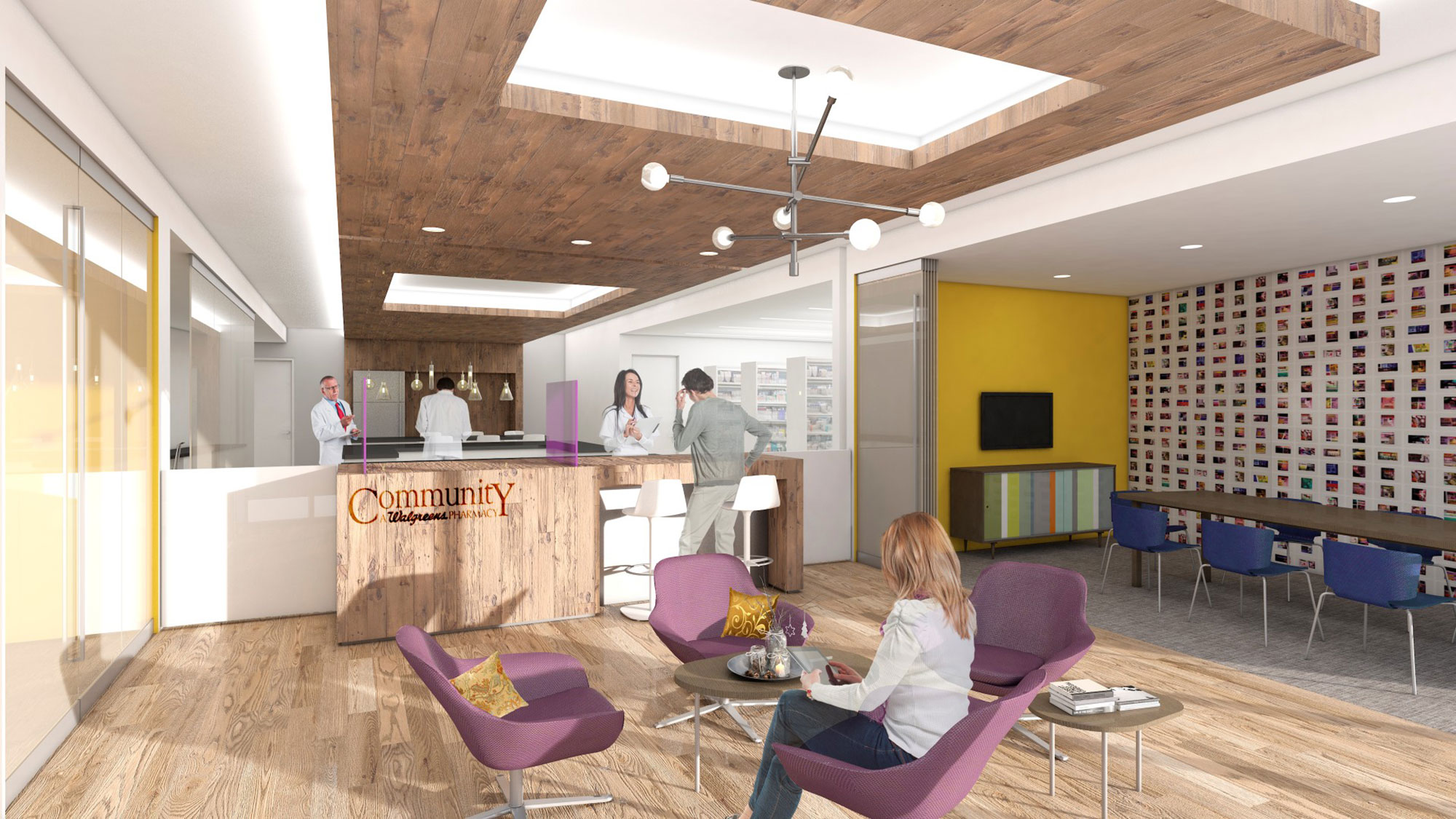
Toward ‘total-person” healthcare
“Integrating healthcare with retail is part of making it user-friendly,” says Gensler’s Tama Duffy Day, “but the push for personalized medicine is also transforming clinics and hospitals.” She points to the Tulsa Cancer Institute (TCI) as an example. TCI pairs advances in treatment with a conscious focus on patients as human beings whose lives are bigger than their disease. From a design standpoint, TCI combines many of the same strategies that make medical center data centers flexible with experiential ideas drawn from hospitality—hotels, resorts, and spas.
Cancer care has changed dramatically, individualizing treatment. “TCI’s clinicians see these changes in real time,” Day says. “They need incredible flexibility.” TCI has movable walls and a raised access floor, so updating equipment and introducing new treatments are easy. “From a patient perspective, the journey is thought out from start to finish,” she adds. “There’s no crowded waiting room. Instead, there’s constant visual relief—gardens, courtyards, and privacy. The Oklahoma prairie beyond them filters through the space.”
Transforming healthcare is just as important for medical centers. It’s led the OSF Healthcare System in Peoria to partner with University of Illinois engineers to develop The Innovation Hub at Jump Simulation, a collaborative center aimed at transforming healthcare by integrating data, analysis, treatment, and follow-up—tailored to the individual. On the R&D front, Texas Medical Center partnered with Houston’s Rice University and the University of Houston to develop TMCx, an accelerator focused on biomedical and medical technology breakthroughs.
Northwestern Medicine’s Lake Forest Hospital, near Chicago, is planning to redevelop its 161-acre campus, including a replacement hospital, around consumer-driven concierge medicine. “We came up with ‘avatars’ of likely clients to understand how they will relate to the hospital and the campus emotionally and qualitatively, so the healthcare experience works for them,” Day explains. The avatars reflect a range of potential clients, along with the people who might accompany them. They also include caregivers. Different scenarios help the Lake Forest team imagine how the new hospital and future campus will be experienced. Day gives the example of a pregnant woman who chooses to give birth at Lake Forest. The team uses the avatar to discuss every detail of her visits. This dialogue among healthcare providers and their planners and designers creates an experiential narrative around a particular patient type. When all of the avatar-based narratives are combined, it allows the team to envision how Lake Forest will be redesigned around a holistic approach to healthcare.
“A holistic approach means that the campus, the hospital, and the caregivers are aligned—the healthcare settings as well as the technology that connects everyone and makes life easier and more convenient,” Day says. “It’s a ‘total person’ approach to healthcare delivery,” Bader adds. “Along with personalized treatment, it serves patients better because it’s focused on their individual experience.”
Yukiko Bowman is a San Francisco–based writer for Metropolis and other publications.
Edward Keegan contributes to Architect from Chicago and has published three books.
